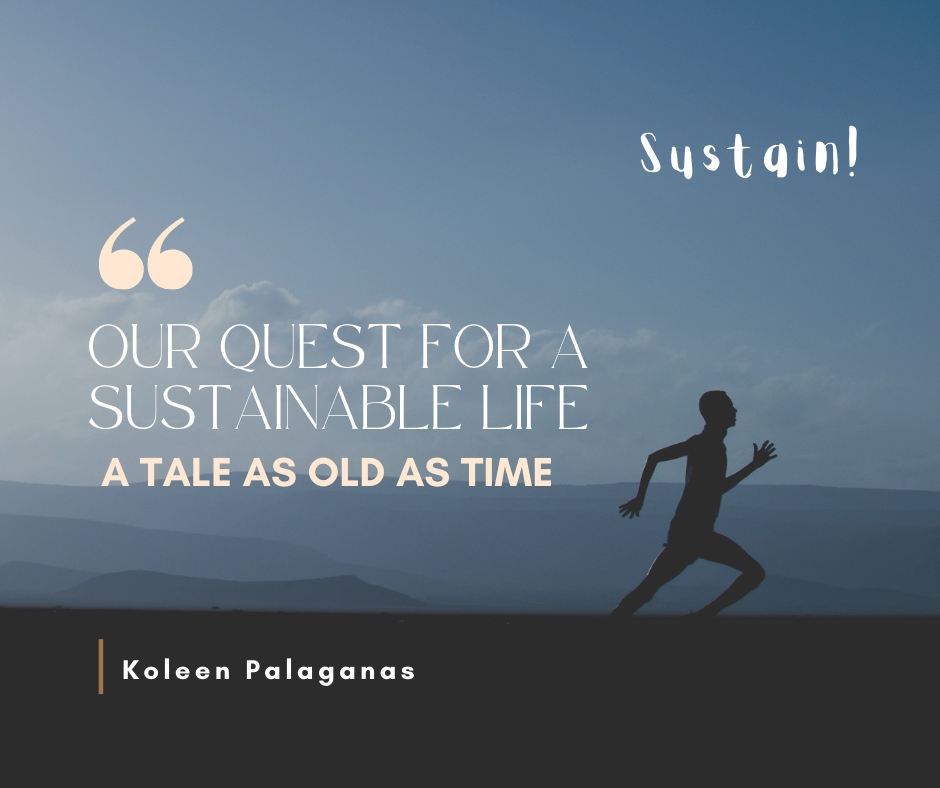
The Quest for a Sustainable Life – A tale as old as time
Today, the world seem to be on a quest to create a life that is more sustainable. We are frantically finding solutions for the HOWs of sustainable living. But what exactly does having a sustainable life even mean? As we navigate to what we perceive to be uncharted territories, we may find clues from a book that have withstood the changes of times.
“Heaven and earth will pass away, but my words will never pass away.”
THE bible, MATTHEW 24: 35
One of the most fascinating books of all time is the Bible. It consists of texts that speak of how the world was, is and is to come. It speaks of a relational world, one that is anchored on love – in this case, the love of a creator to his creation. It also speaks of the relationships essential among creation – illustrating an ecosystem of life that is interdependent in nature.
It is timely, for those who believe, that we just celebrated Easter, of which for the Christian faith connotes as the resurrection of life – overcoming death and completing the circle, making one whole again. On an individual level, it is about breathing new life – one that is aligned to God’s design and purpose. It also represents the restoration of the relationship of the creator to his creation, as made possible through the death of Christ himself.
Now, what does all this got to do with our quest to a sustainable life?
The answer lies in the clues presented to us on how we and the world around us was designed!
Creating a Sustainable World – an Ecosystem of Life
The Bible opens with a classic story of how the world began – creation of life. While there are many debates on how this text could be interpreted, the more important issue is the principle of the design. It talks about light and darkness, water and land, sky and earth – almost like a balance of things: an interplay of polarities that provides a sense of routine: from day to night.
Then came vegetation – plants yielding seeds and fruit trees of every kind. From here, it speaks of creation of living creature that moves on land, under the sea and in the air. All designed to be fruitful and multiply.
This is the prepared environment – an ecosystem of life – creations and creatures that are interdependent. And science, of course, supports this ecosystem of life – the circular exchange of oxygen and carbon dioxide – to maintain a balance environment for all of creation to thrive in.
Created after the Image of the Creator – the Care Taker of Life
The most pivotal step in the classic story of creation is when the creator, in this case, God, decides to create a creature that would share a similar attribute of himself – the ability to rule over the world he created. The creature: humankind – with the role to name the animals, manage and look after the ecosystem of life that God himself created.
Now, humankind was also given the same mandate – to be fruitful and multiply. Interestingly, all of creation was presented to us as our food for our own sustenance. With humankind possessing the same image as the creator, we have the ability to create our own world, optimizing the resources from the ecosystem of life that was given to us – TO BUILD OUR VERY OWN ECOSYSTEM OF LIFE – our civilization. This magnificent ability to create has no limit!
The Challenge to Recreate
Armed with unlimited potential, we’ve set out to create worlds to please our desires. We have harnessed the power of creation and used them to create things that define us and advance our lives! But this soaring growth does not come without complications. As we carried out our grand plans, we have neglected our primary role as the care taker of life – to allow the ecosystem to carry out its role to be fruitful and multiply. We only allowed one of the creations to be fruitful and multiply without restraints – us.
Missing the great equation, we now face the challenge of recreating a world similar to what our creator has granted us. We are facing the challenge of recreating a world that is sustainable – one that can be fruitful and multiply in suitable conditions – a perfect ecosystem of life .
So then we went on a quest for a sustainable life – a sustainable world. But life is not without the greatest ironies – we want to recreate the world we neglected.
We asked ourselves what deemed to be the greatest philosophical question of all time: what is a sustainable life?
It is simple – a sustainable life is about PROTECTING THE ECOSYSTEM OF LIFE the way it was designed and granted to us and BECOMING THE CARE TAKER OF LIFE we were designed to be as we carrying on recreating the world the way we want it to be.
Laudato Si Life
The quest for a sustainable way of life is a quest to go back to the way we were originally designed. Laudato Si, a book written by Pope Francis speaks of our need or even longing to return back to how we were originally designed by the creator – an Ecosystem of Life based on a relationship of love: LOVE FOR NATURE AND LOVE FOR ONE ANOTHER. When we are motivated by love – one that is founded on the likeness of our creator, we will have the ability to find the balance of progress and protection; of wants vs needs; or of gathering and sharing. We will be able to understand and live with cycles of life – having a time for everything under the sun.
He has made everything beautiful in its time. He has also set eternity in the human heart; yet, no one can fathom what God has done from beginning to end. I know that there is nothing better for people than to be happy and to do good while they live. That each of them may eat and drink, and find satisfaction in all their toil - this is the gift from God. I know that everything God does will endure forever; nothing can be added to it and nothing taken from it. - From the Book of Ecclesiastes
These are the simplest motivations behind designing a life that is sustainable. Of course, when we get in the way of the original design, we tend to make the simplest things, that even a child can understand, become so complex, to a point that even businesses or world leaders seem to have a hard time defining.
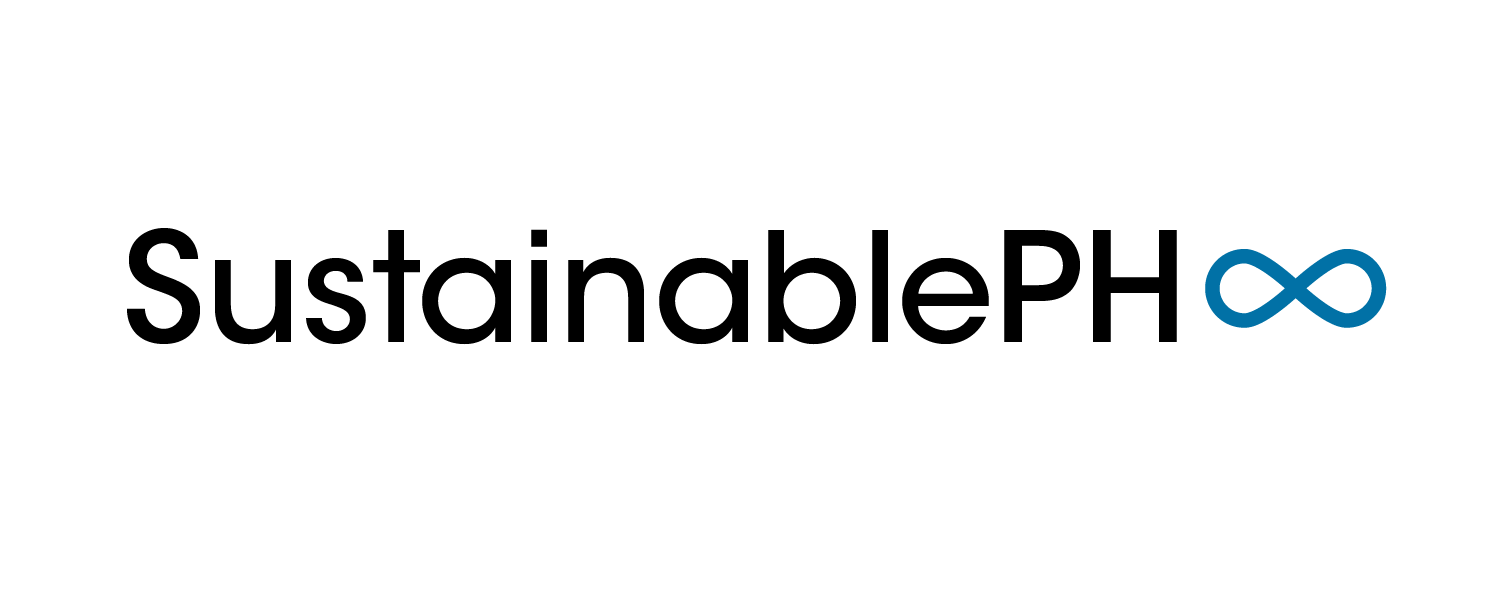
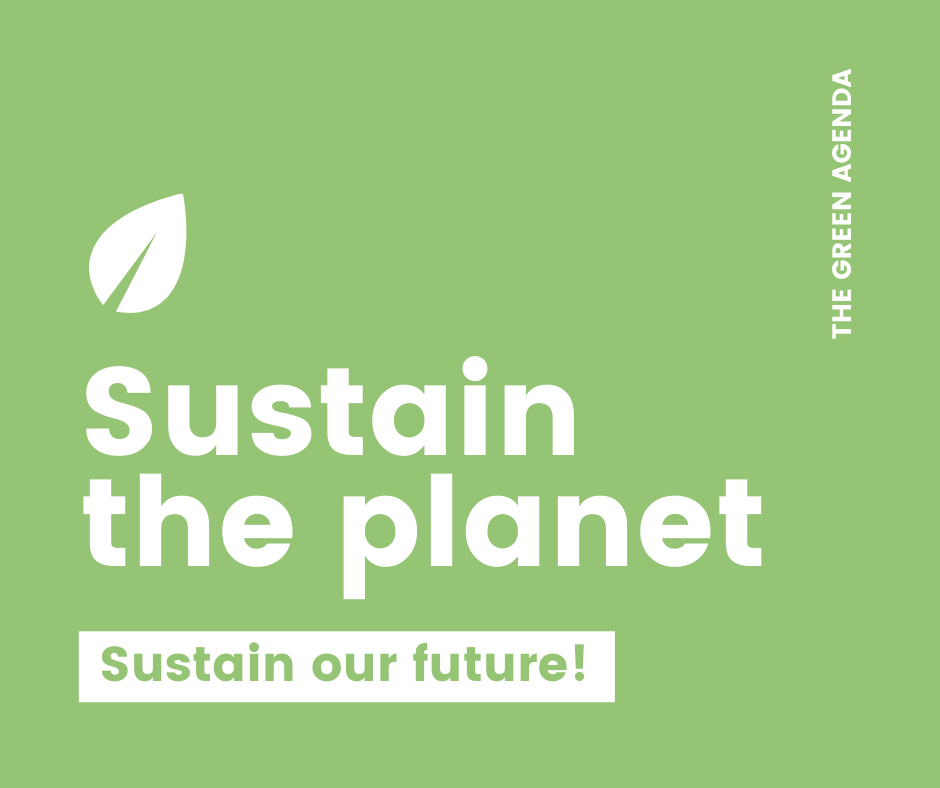
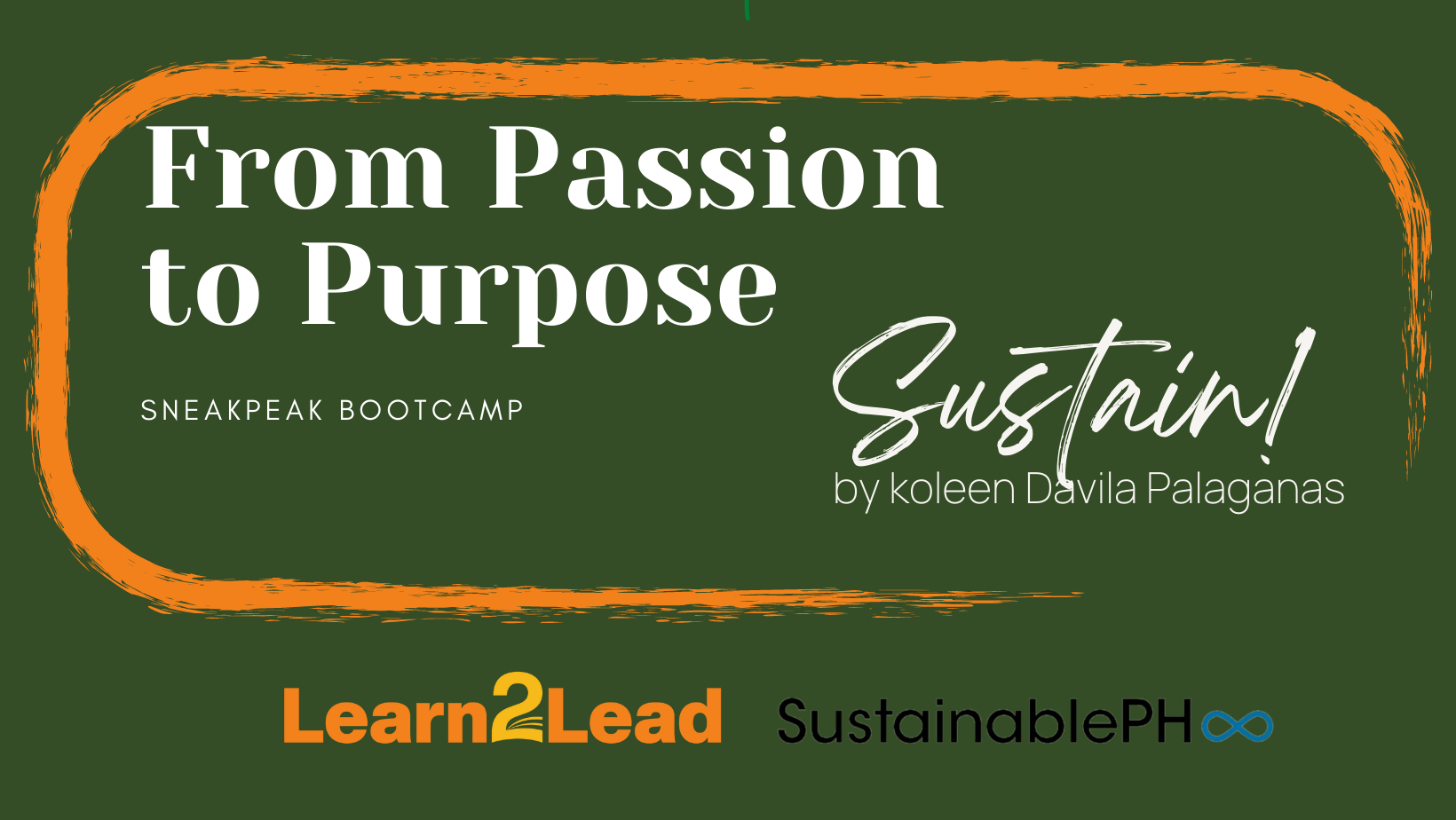
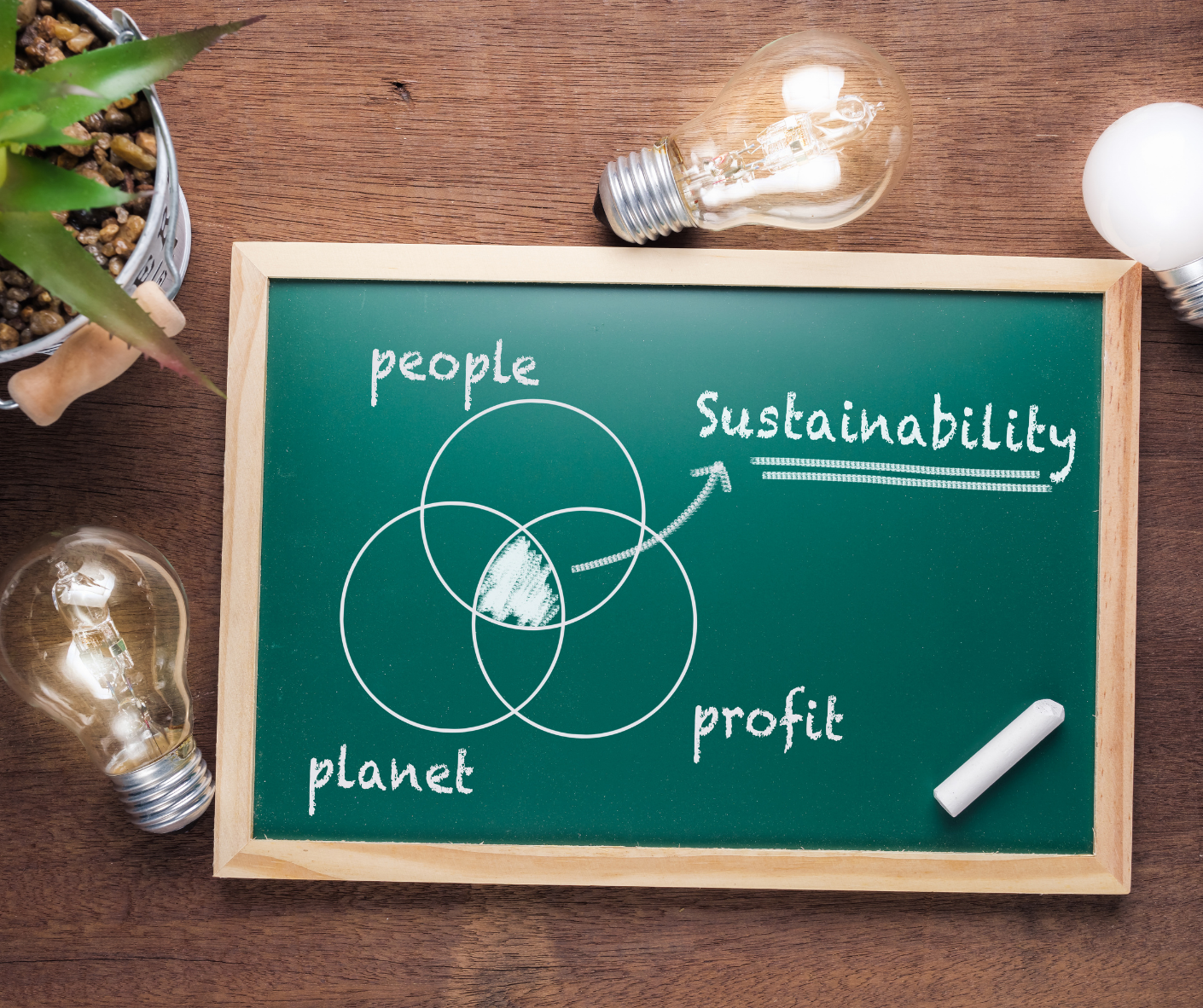
Leave a Reply